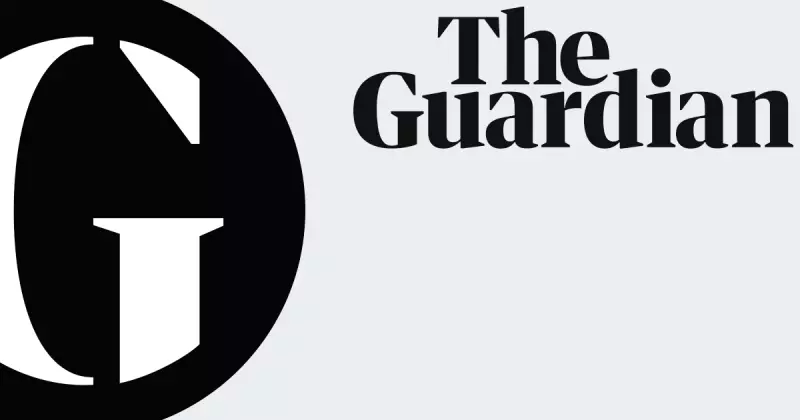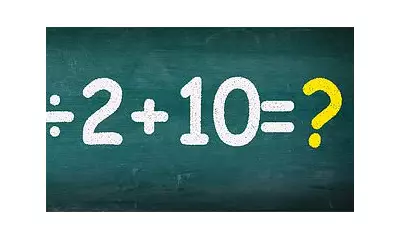
A sobering new analysis has emerged that places the ongoing conflict in Gaza within a harrowing historical context, drawing comparisons with some of the most devastating genocides of the modern era.
Unprecedented Scale of Destruction
The comprehensive assessment reveals that the intensity and speed of casualties in Gaza have reached levels that demand serious historical comparison. Civilian infrastructure, including hospitals, schools, and residential buildings, has been systematically damaged or destroyed at a rate that mirrors some of the darkest chapters in human history.
Historical Parallels Emerge
When examining casualty figures relative to population size and timeframes, the Gaza conflict shows disturbing similarities to several documented genocides. The analysis considers multiple factors including:
- Civilian death rates per day
- Percentage of population displaced
- Destruction of essential infrastructure
- Impact on vulnerable groups including children
International Response Under Scrutiny
The comparative study raises critical questions about the effectiveness of international humanitarian law and the global community's mechanisms for preventing mass atrocities. Despite numerous United Nations resolutions and international court interventions, the violence has continued with devastating consequences for the civilian population.
A Humanitarian Catastrophe Unfolding
Medical facilities operate with minimal supplies, clean water has become a scarce commodity, and food insecurity affects nearly the entire population. The situation has been described by aid organizations as one of the worst humanitarian crises of the 21st century, with recovery expected to take generations.
As the international community grapples with how to respond, this analysis serves as a stark reminder of the human cost when conflicts escalate beyond conventional warfare into territory that historians may one day classify among the gravest humanitarian disasters of our time.





